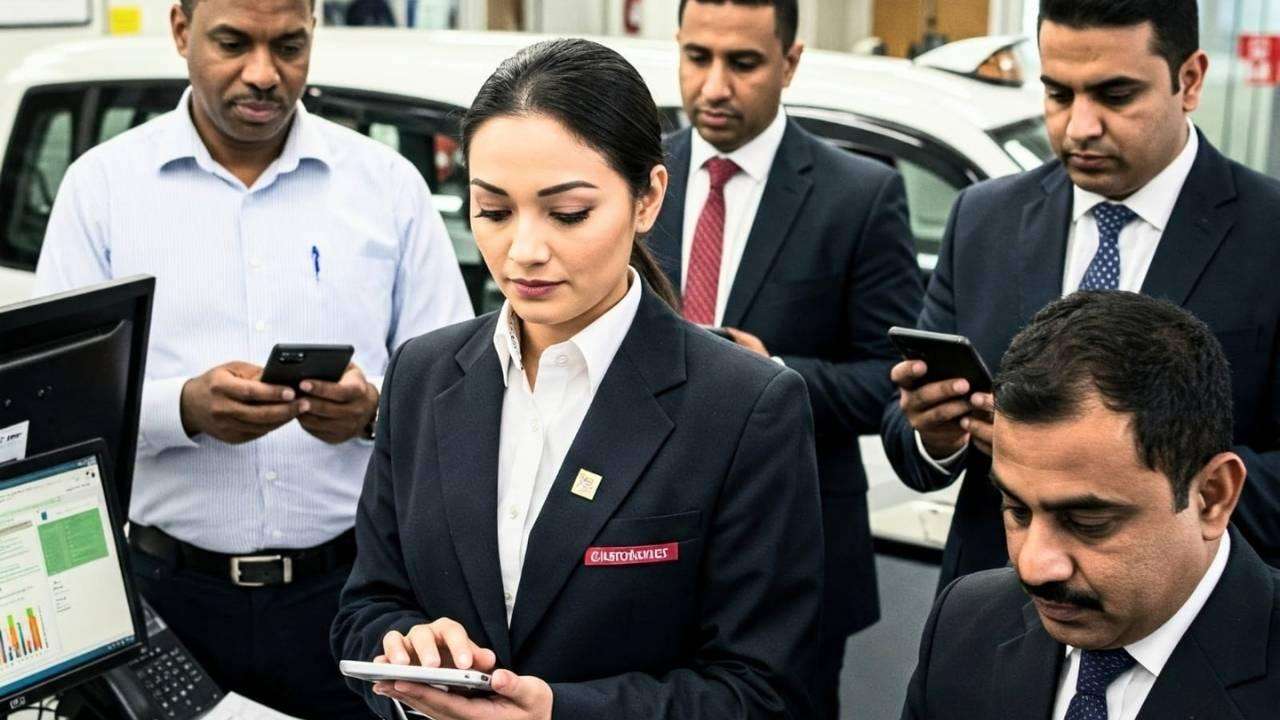Thousands of taxi drivers across the UK, including a significant number within British South Asian, Bangladeshi, Indian, Pakistani, Nepali, and Sri Lankan communities, who earn more than £30,000 annually, are facing significant changes to how they manage their taxes. New rules from HM Revenue and Customs (HMRC) under the Making Tax Digital for Income Tax Self Assessment (MTD for ITSA) scheme will soon require them to adopt digital record-keeping and submit quarterly updates.
This major shift aims to modernise the tax system and reduce errors. The timeline for implementation is staggered based on income levels:
April 2026: Self-employed individuals, including taxi drivers, with an annual gross income above £50,000 from self-employment and rental property will be mandated to use MTD-compatible software and submit quarterly updates.
April 2027: Those with an annual gross income between £30,001 and £50,000 will be required to follow the same digital record-keeping and quarterly submission rules.
April 2028 (Expected): Drivers earning between £20,001 and £30,000 are anticipated to be brought into the MTD for ITSA scheme.
What This Means for Affected Drivers:
For many drivers who currently rely on manual paper records or spreadsheets, this represents a significant change in their administrative processes. They will need to:
Adopt MTD-compatible software: This software will need to be capable of keeping digital records of their income and expenses and directly communicating with HMRC's MTD system. Various software packages are available, and drivers will need to choose one that suits their needs and budget.
Submit quarterly updates: Instead of a single annual tax return, drivers will be required to submit income and expense summaries to HMRC every three months. This will mean more frequent engagement with their tax obligations.
Understand the income threshold: It's crucial to note that the £30,000 threshold refers to gross self-employed income plus income from rental properties before any business expenses are deducted. This means drivers need to consider their total earnings, not just their profit. Income from PAYE employment, dividends, or company income is not included in this calculation.
Potential Implications and What Drivers May Need to Do:
Increased administrative burden: The move to digital record-keeping and quarterly submissions will likely increase the administrative workload for drivers, especially in the initial stages of adoption.
Learning new software: Drivers unfamiliar with digital accounting software will need to invest time in learning how to use these tools effectively.
Potential costs: There will likely be costs associated with purchasing and potentially subscribing to MTD-compatible software.
Importance of accurate record-keeping: The digital system emphasizes the need for accurate and up-to-date record-keeping throughout the year.
Possibility of penalties: Failure to comply with the new MTD for ITSA regulations, such as not using compatible software or missing submission deadlines, could result in penalties from HMRC.
Relief for Fluctuating Income:
There is a provision for drivers whose income falls below the £30,000 threshold for three consecutive tax years. In such cases, they can choose to opt out of the MTD for ITSA requirements.
Expert Advice and HMRC Guidance:
HMRC is urging affected drivers to start preparing for these changes now. This includes:
Exploring MTD-compatible software options: Researching different software packages and choosing one that meets their needs.
Familiarising themselves with digital record-keeping: If they haven't done so already, drivers should start getting used to maintaining digital records of their income and expenses.
Considering joining HMRC's testing programme: HMRC has invited individuals who meet the mandation criteria to join their testing programme on GOV.UK to help shape the final service and ensure a smoother transition.
Seeking professional advice: Drivers who are unsure about the new rules or need help with the transition should consider consulting with an accountant or tax advisor.
Craig Ogilvie, Director of Making Tax Digital at HMRC, has stated that letters are being sent to those believed to be mandated in April 2026, outlining the specific requirements and timelines. He encourages early engagement to ensure a smoother transition.
For the thousands of taxi drivers earning over £30,000, particularly those within British South Asian, Bangladeshi, Indian, Pakistani, Nepali, and Sri Lankan communities who contribute significantly to the UK transport sector, understanding and preparing for these new digital tax rules is crucial to ensure compliance and avoid potential penalties. Early action and seeking necessary support will be key to navigating this significant shift in tax administration.



_7.jpg)




.svg)


